This is a short review of the CONTAX Carl Zeiss T Vario-sonnar 28-85mm F3.3-4 MMJ lens produced in the 1980’s for CONTAX Yashica.
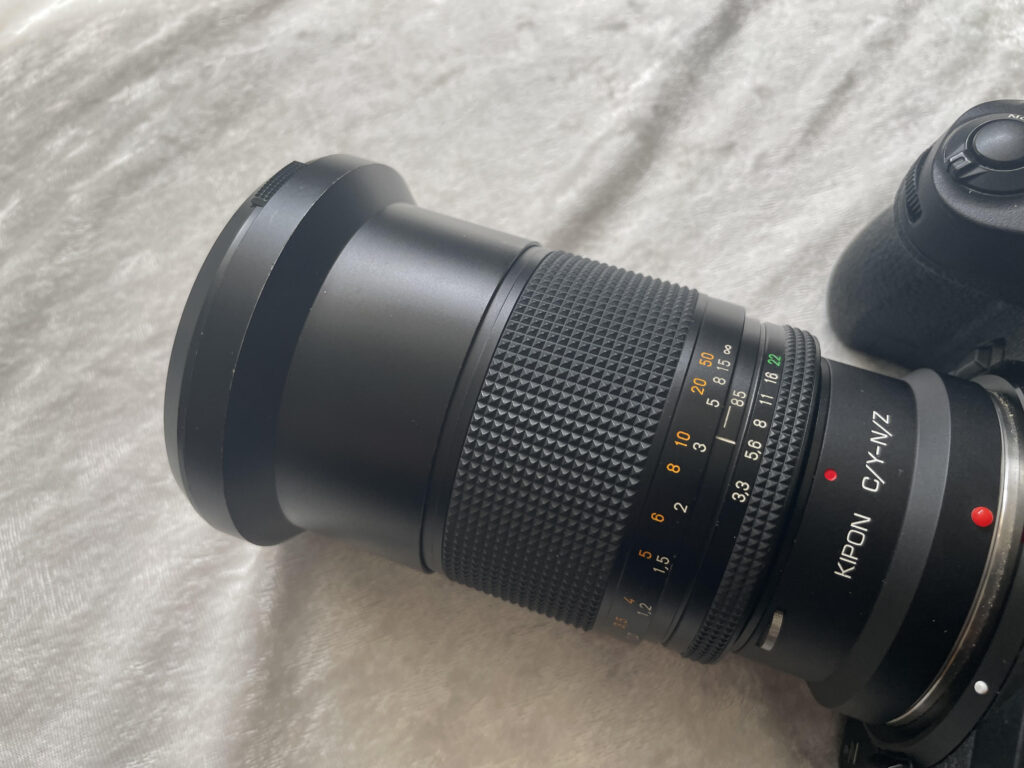
This lens is larger than the more regarded CONTAX Zeiss 35-70mm f3.4, but offers the same sharpness and micro contrast of the 35-70mm. In my opinion the 35-70mm became more desirable than this lens because of its smaller size. When size isn’t a factor for a day of shooting I always choose the 28-85mm because of it’s larger zoom range.
Image Performance
The lens vignettes pretty heavily at 28mm wide open and should be stopped down if that’s an issue for your particular shooting. By 35mm wide open the vignetting is very comparable to that of the 35-70mm wide open at 35mm. It makes me wonder if part of the decision to create a smaller zoom range with the 35-70mm was to prevent some of this vignetting. It’s not really an issue these days since it’s easily correctable in post processing. Below are two unedited images from the CONTAX Zeiss 28-85mm f3.3-4 MMJ lens:
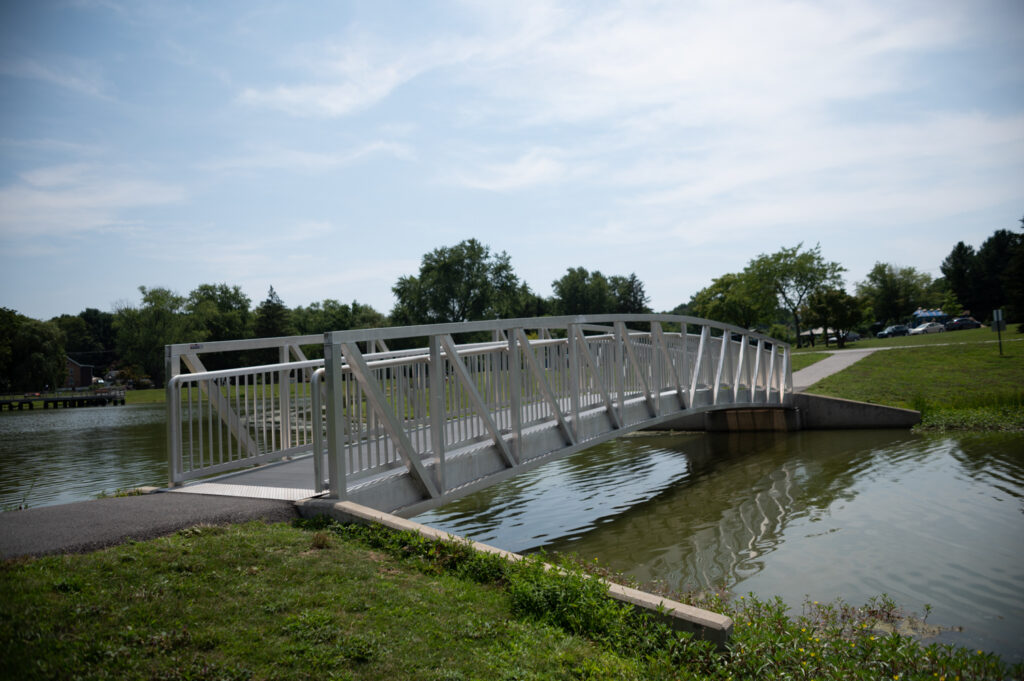
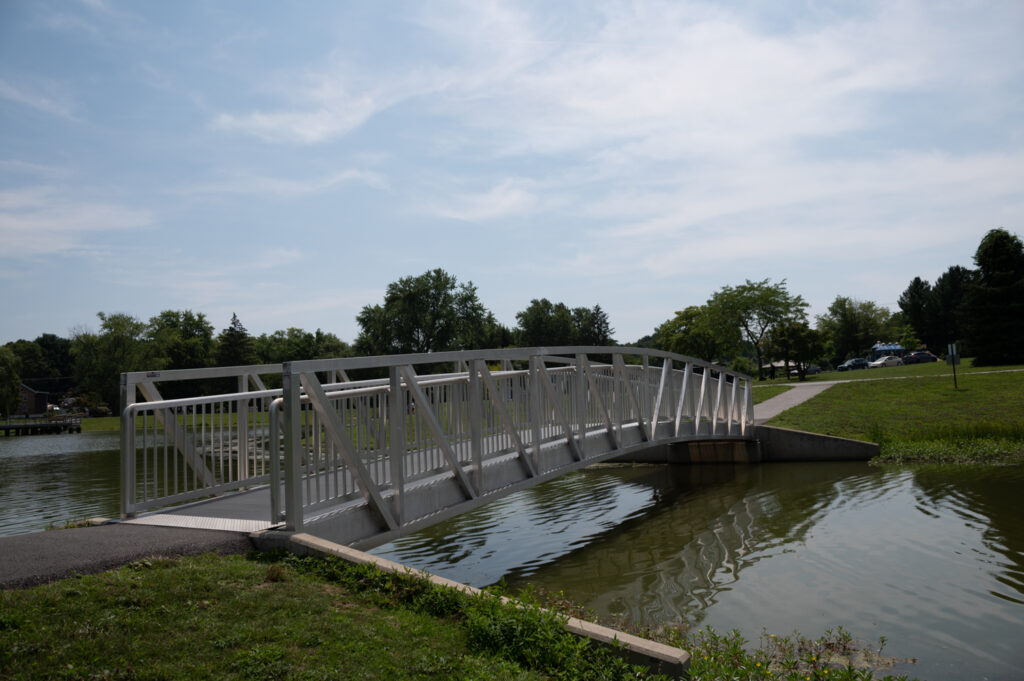
Below is the image after some editing in Lightroom:
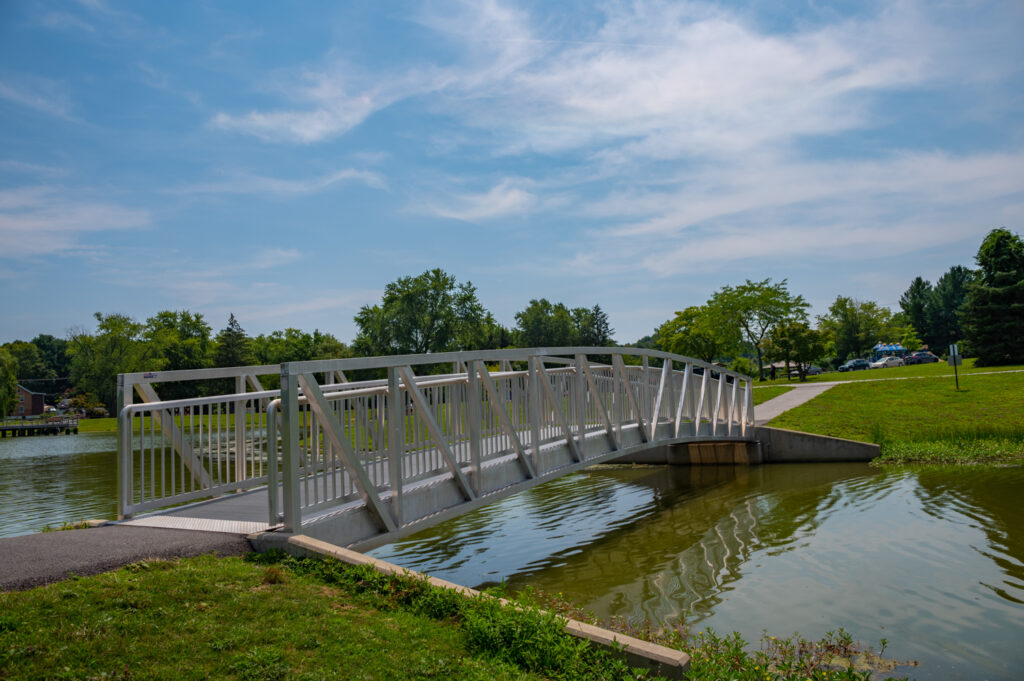
White Wall Test:
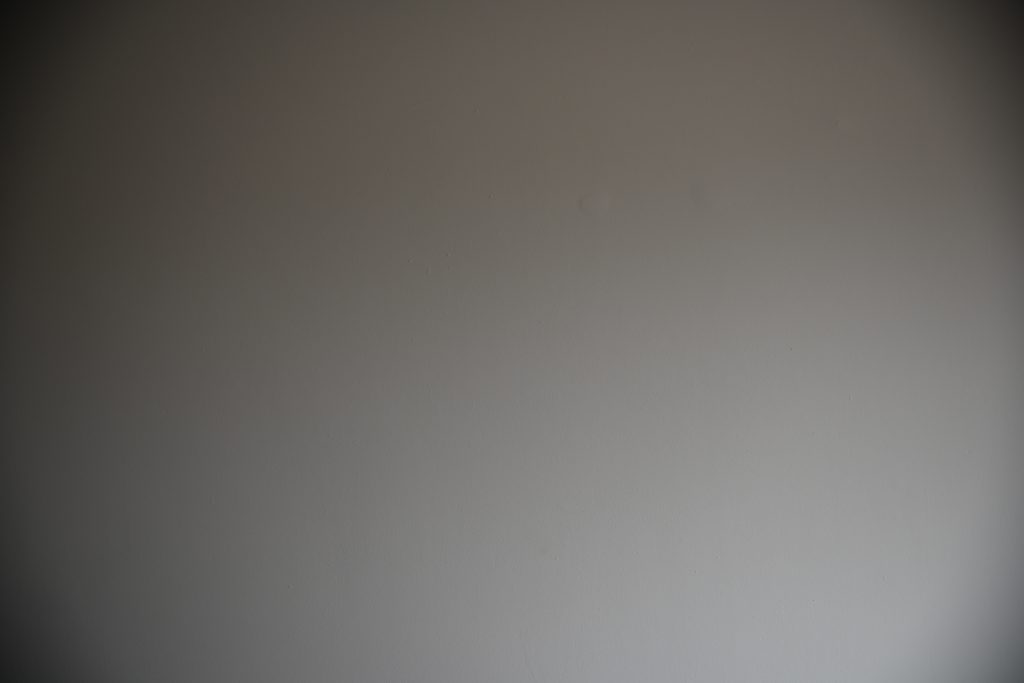
There is less vignette at 85mm and a more pleasing transition from dark to light:

Additional Images:
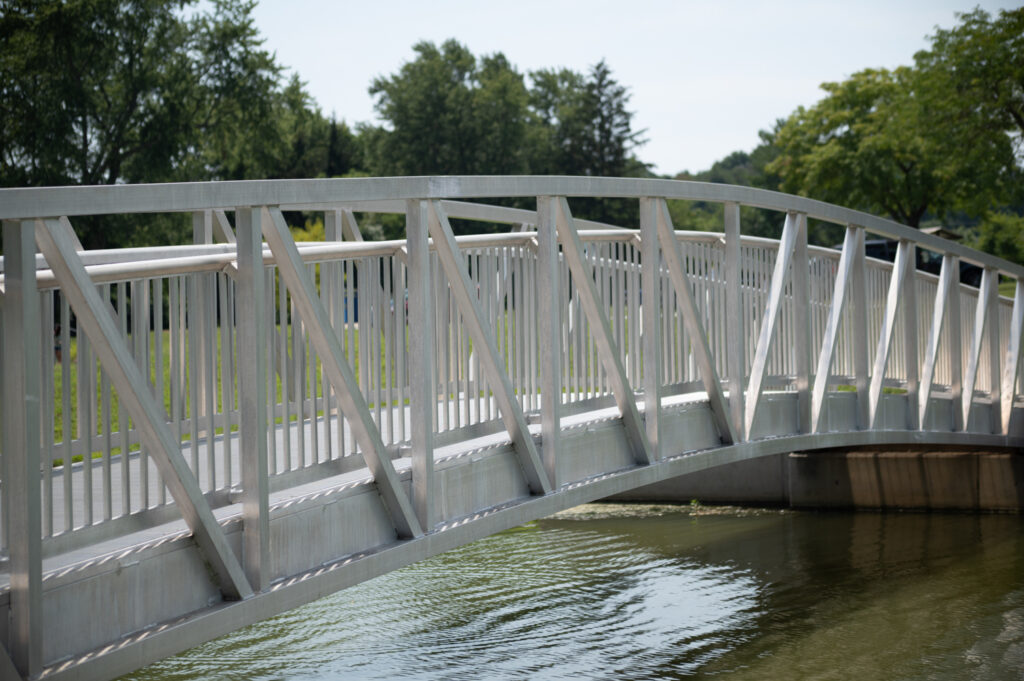
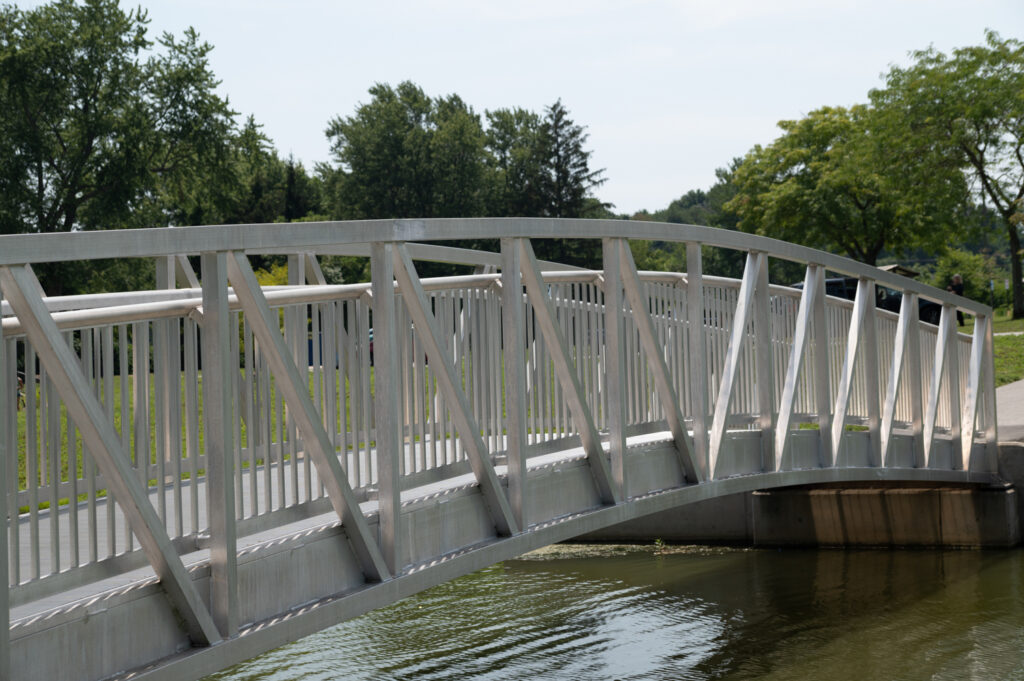
All of the legacy lenses I’ve ever owned benefit a bit by being stopped down. Center sharpness is excellent at all apertures, but the corners do benefit from stopping down.

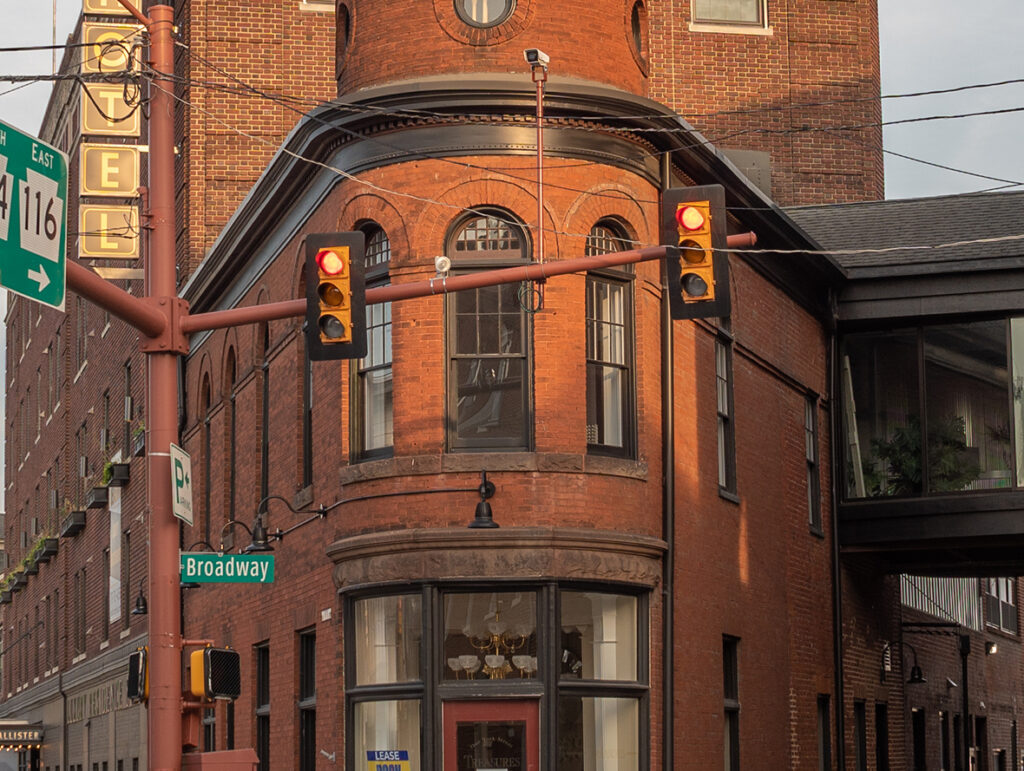
How does the 28-85mm compare to modern lenses?
I recently purchased the new Nikon Z 24-70mm f2.8 S and realized it was far too expensive for my needs. At $2300 I just couldn’t see justifying the price for autofocus and f2.8. I’m not really shooting weddings these days, more landscaped, scenery, and street photography. Those are the areas where this lens shines. It’s not really a portrait lens with a widest aperture of f3.3, but portraiture is obtainable if you manage your backgrounds. With the proper lighting the lens does exhibit that famous Zeiss 3D pop, while also giving a unique vintage look to your portraits.
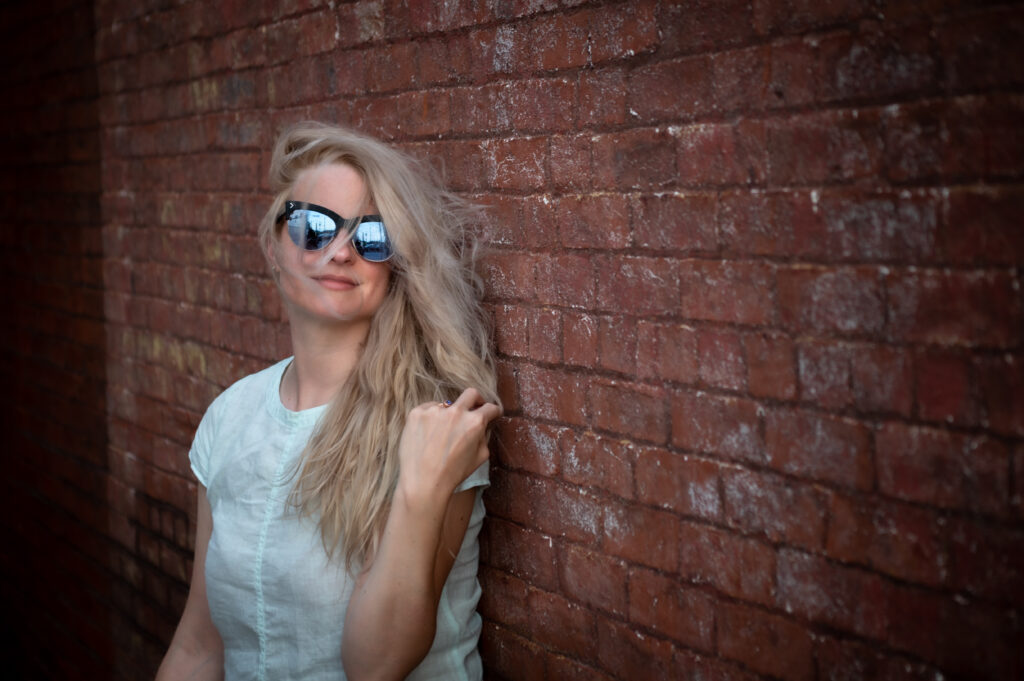
The CONTAX Zeiss 28-85mm f3.3-4 has become my go-to lens for day hikes around the city because it covers a wide range of focal lengths and provides a vintage look I can’t quite match with modern lenses which tend to be overcorrected for sharpness.
Bokeh

The bokeh of this lens is pleasing. Wide open, central bokeh balls are mostly round. Cats-eye bokeh occurs near the edges of the frame. Stopping down produces hexagonal bokeh balls due to the 6 straight aperture blades.
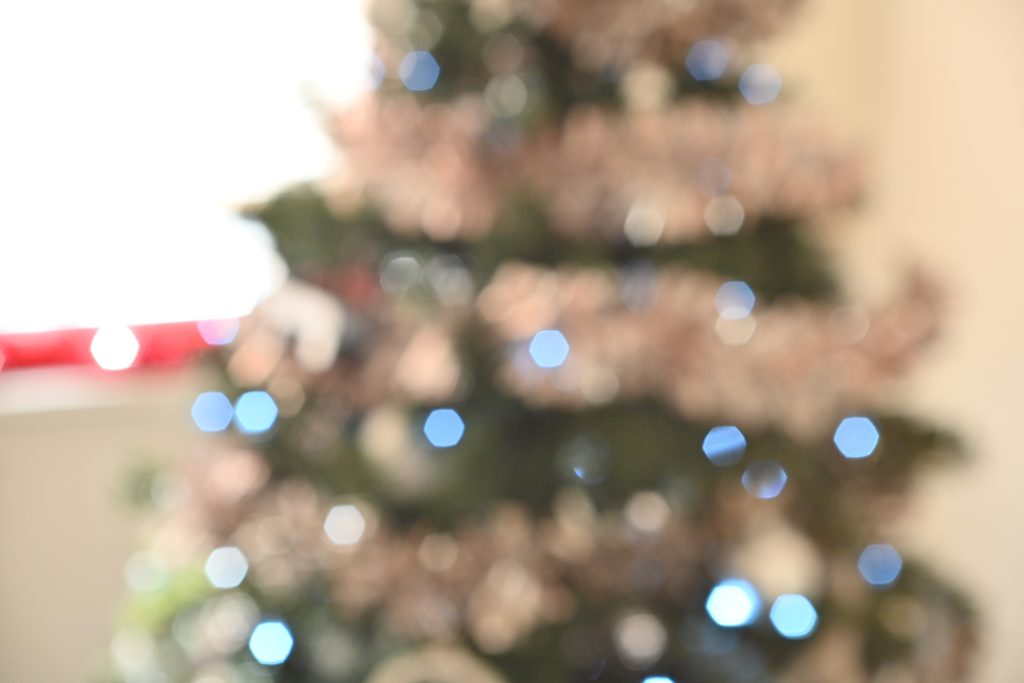
This is my Christmas tree by the way. I actually prefer the look of straight aperture blades over rounded blades. I like to make assumptions about the lens used when I view photos, and I feel it imparts more of the photographer onto the scene. Maybe that’s crazy.
Compared to the Nikon Z 24-70mm f4
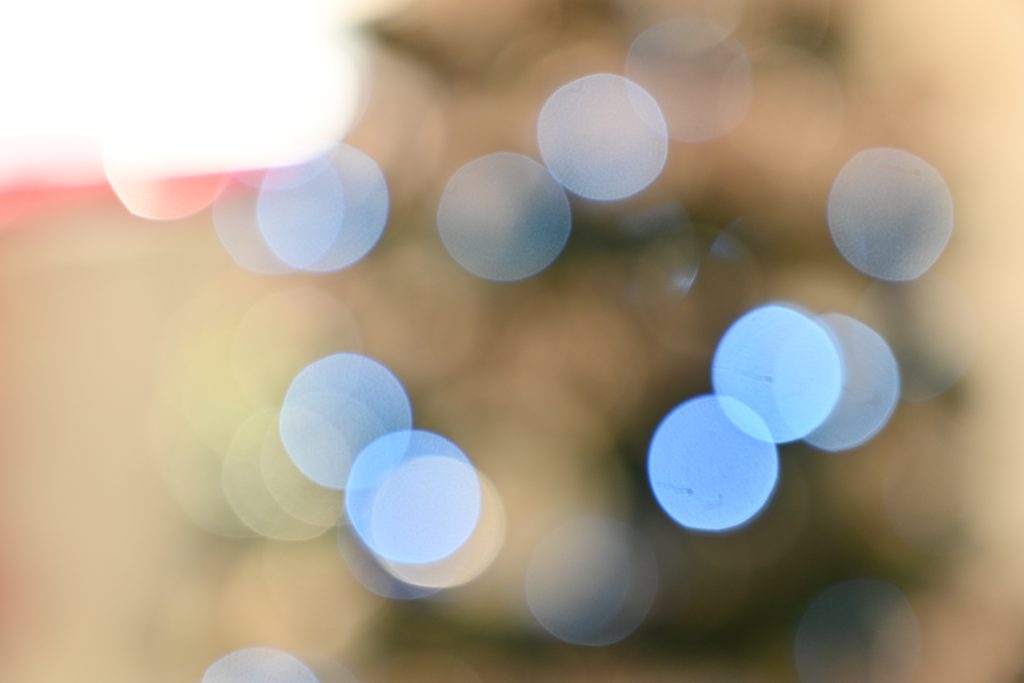
Nikon Z 24-70mm f4 @ 70mm wide open
The Nikon lens is clearly more out of focus. I’m not sure if this is because it focuses closer than the Contax lens, or if it’s just the difference in lens design. I stood in the same spot for both lenses. These bokeh balls aren’t exactly round, nor cats-eyed. They just seem irregular. There also seems to be some debris in the lens as seen in the bokeh. Not sure why my 30 year old Contax lens has none, while my new Nikon lens does, but it is what it is. I prefer the look of the Contax lens when shooting wide open.
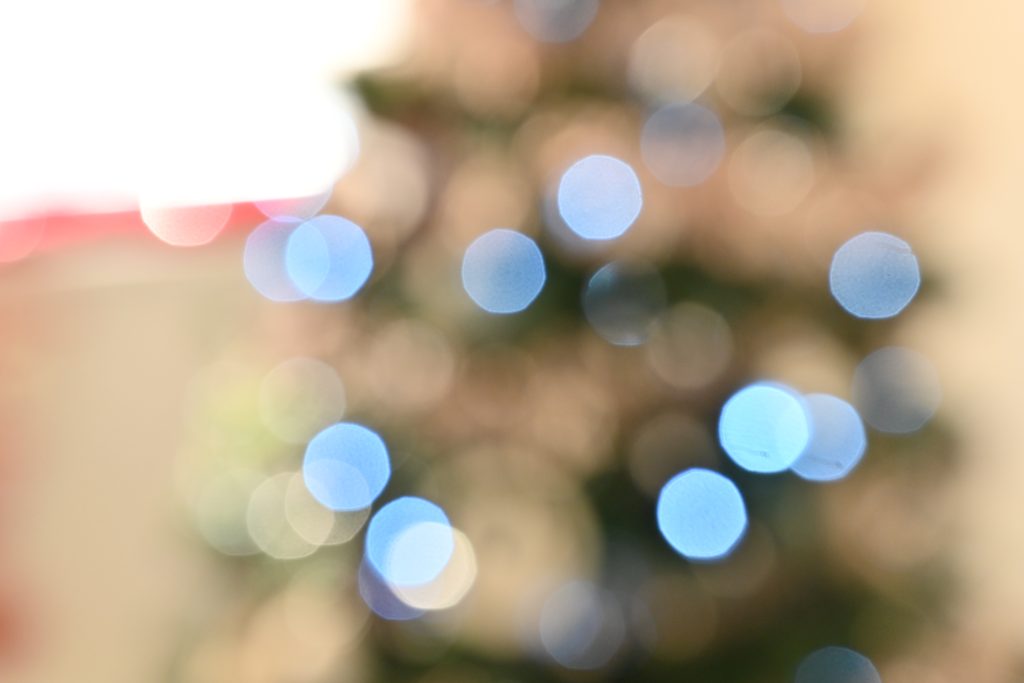
Nikon Z 24-70mm f4 @ 70mm stopped down to f6.3
This is why I prefer straight bladed apertures. Rounding the blades just gives a strange look to the bokeh. It’s trying to be round, and it just doesn’t look clean. The Contax lens isn’t hiding anything; it’s as if the lens is saying “These are my straight blades, hope you like them”. I much prefer the 6 straight blade look over Nikon’s attempt to make circular bokeh when stopped down.
Lens Flare
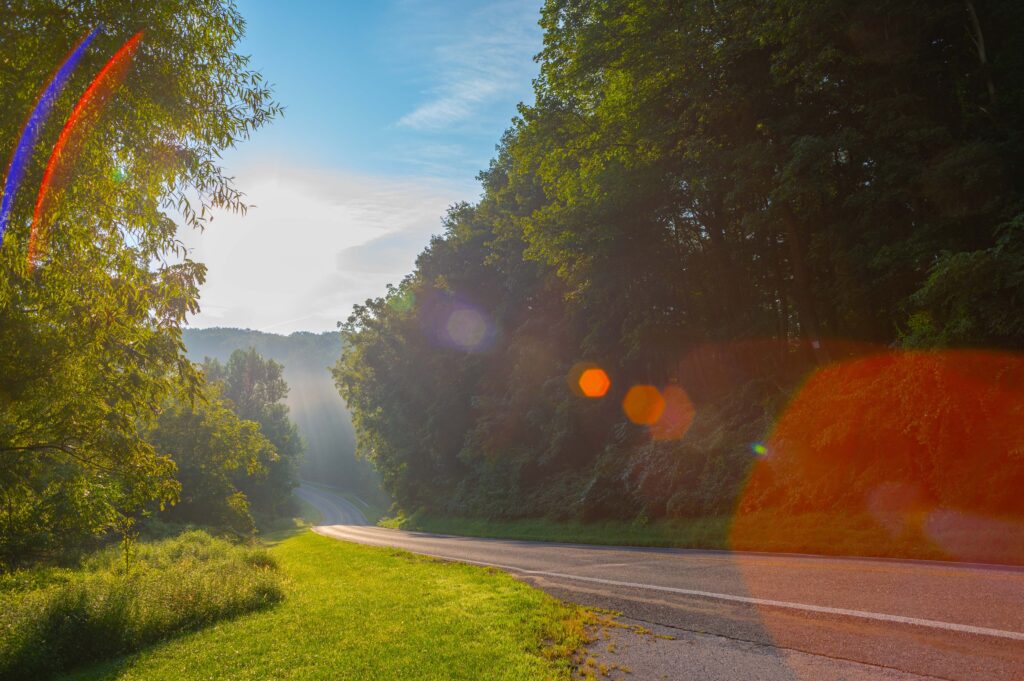
The lens flare from this lens is amazing, if you’re into that sort of thing. There are times when you wouldn’t want this much flare, and other times that it really addes to a photo. I’ve noticed that modern lenses tend to flare less, but when they do it’s not very pleasing. This shot is at f8 and pointed directly towards the sun.

This shot has the sun more to the edge of the frame. Still exhibiting a sort of rainbow bokeh. I find this much more pleasing than the flare of modern lenses, where flare resistant coatings prevent the separation of color into this rainbow effect.
Any Issues?
Like other 1-touch vintage lenses from CONTAX and other manufacturers, there can be some zoom creep if the lens is held straight down or straight up. This can be a problem for things like wide-angle astrophotography since the lens might creep towards the 85mm range. Conversely, if you’re walking with the camera hanging from your neck it may creep towards the 28mm end. Results will vary depending on how your lens was cared for and current state of the grease, helicoid, etc. I’ve had some that were stiff to zoom and didn’t creep at all, and others that were very smooth to zoom and therefore had some creep. Personally I prefer a nice smooth zoom and can deal with some zoom creep.
If you’re new to these lenses you should know that the zoom is backwards to what you would expect; retracting the zoom ring gives a tighter shot while extending the zoom ring gives a wider angle of view. A 1-touch lens design integrates the zoom and focus into the same ring, typically the entire body of the lens. Some find this setup cumbersome as it’s easy to accidentally change focus as you zoom in and out, although any lens that isn’t parfocal would require a focus adjustment as you zoom.
Technical Specifications:
MFD: 0.6m (1.97ft)
Elements/Groups: (16/13)
Aperture Range: f3.3-22
Filter Size: 82mm
Weight: 735g (1.6 pounds)
